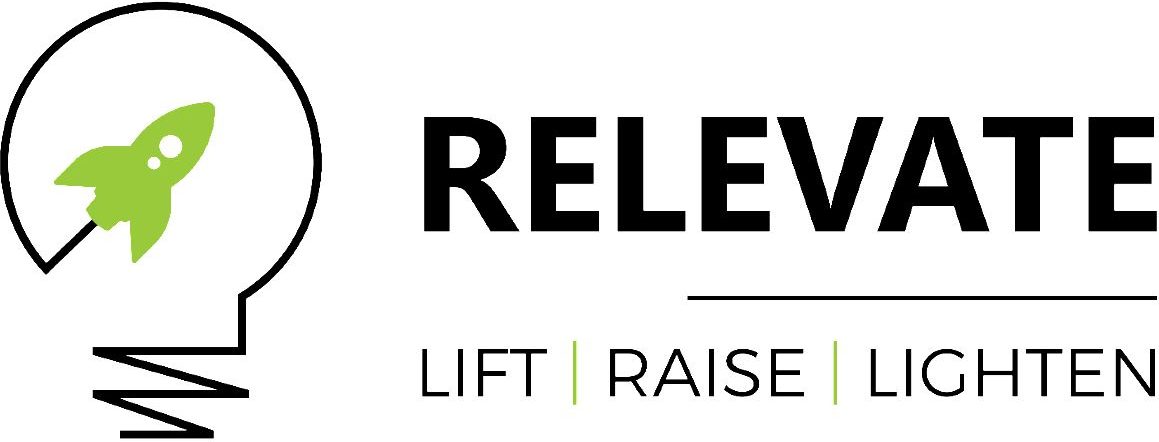The Number One Cause of Disengagement
About 31% of SaaS licences are unused, underutilised, or abandoned, per Metasaas.
Any business owner will tell you how time-consuming it can be to keep track of your company’s various software licences. Could it be that some of your repeat customers are still paying you even though they no longer need your services? True, that scenario is plausible.
Or maybe your product is being used, but not nearly as often as it should be. Or perhaps your clients aren’t taking advantage of all the features your product offers.
All of these represent varying degrees of disengagement, which is a leading indicator of customer churn.
You need to monitor participation to find out if you have this issue. Usually, this is done through in-app analytics, but for some “behind the scenes” products, it may involve polling customers. A helpful tool is the Net Promoter Score®.
It is possible to link churn rates and levels of engagement if your sample size is large enough and your analytics tools are powerful enough. Then, you can establish a boundary for the potentially harmful area where engagement (by whatever metric you choose) begins to drop. This is how the minds at Intercom picture it:
If you don’t have enough data to draw a firm conclusion about the relationship between the two, make an educated guess (the lowest quartile of engagement, for example) and move forwards with the knowledge that you can adjust your assumption if necessary.
Once you’ve established your risk threshold metric, you can begin setting up alerts to notify your customer success team whenever a customer crosses the threshold. Rather than waiting for a customer to express dissatisfaction, a member of the customer success team should reach out proactively to learn what is stopping the customer from becoming engaged.
Second, there is a disconnect between the product and the target market.
Every one of us has been convinced to buy something we didn’t really need. It’s not pleasant to be the target of a company’s aggressive sales tactics, but companies do it all the time.
Businesses either ignore the issue or justify it by claiming that the lost money represents opportunities missed.
It’s crucial that your company’s marketing and sales teams are focusing on people who are a good fit for your product. Customers who aren’t a good fit for your platform shouldn’t be closed, as doing so can be detrimental to your company’s reputation and could lead to a loss of customers.
It is costly and time-consuming to retain a client who isn’t a good fit. It would be more productive to invest those resources in attracting the kind of client you can actually help.
Customer success, sales, and marketing departments must maintain open lines of communication to find a solution to this issue. The leadership of each team must diagnose the problem when patterns emerge suggesting customers are being sold the wrong product offering. These discussions can quickly turn heated if handled poorly; to avoid escalation, focus on finding common ground and eliminating the underlying causes of any disagreements between teams, rather than making personal attacks.
Commonly, this means adjusting how you determine if a lead is good enough to pursue, so that you only pursue those with problems that your business can solve. It’s also possible to find that some minor adjustments to onboarding or product are all that’s needed to make this subset of customers happy. Either way, you should agree to not sell to customers who you won’t be able to help succeed.
Thirdly, Product Flaws
The world of software is full of nooks and crannies where bugs can hide. There’s no escaping it; it’s a reality of life.
However, you only get so many tries when another business or consumers rely on your product. Of course, the tolerance level shifts depending on the specifics of the product, the severity of the bugs, and the frequency with which they manifest. In any case, the speed with which issues are fixed is crucial.
Once the right channels of communication are established between customer success and engineering/product management, customer success teams can aid in the rapid resolution of bugs.
So that our customer success representatives can report bugs directly to engineering, we have integrated our helpdesk platform with JIRA, which is used by our engineering team. We make it easy for anyone to report bugs, and we publicly thank the most prolific reporters.
According to Chandan Rana’s CTO, Avon Collis, bug reports spiked after the system was put into place. That’s positive, by the way. We are decreasing the time it takes for representatives to report problems, and when multiple representatives report the same bug, it helps us establish priorities.
Both parties should be involved in the conversation. Weigert claims that the system was designed so that engineers can have a conversation with the reporting representative, which not only aids in diagnosis but also allows for more accurate estimates of when the issue will be resolved and the presentation of alternative solutions. The customer success team can then alert customers of any problems ahead of time, improving their overall satisfaction.
Complicated Interface and Usability Issues
It’s possible that your product meets the bare minimum requirements and yields a profit. When put to use, though, is it a breeze?
True, some business app stores may get away with subpar UX design. On the other hand, usability is increasingly essential as both software and user expectations of the web rise.
Many businesses are being supplanted by more user-friendly alternatives. Look at how hard Microsoft is working to make Skype for Business as user-friendly as Slack.
Users eventually become frustrated by a bad interface. Customers voice their displeasure to management, who in turn voice it to management, and so on, until the decision maker finally gives up and moves on to a different platform.
Your customer success and product teams need to be in sync, as was mentioned in the section on software bugs. However, in-person meetings are essential to the process of fixing usability issues. Leaders and individual contributors on the product and customer success teams should get together on a regular basis (anywhere from once a month to four times a year) to discuss the most pressing usability issues.
Members of the customer success team should be ready to provide concrete examples of the impact this has had on customers, as well as data on how frequently tickets have been created due to the issue. This allows the customer success team to quantify the extent to which usability problems are impacting the user’s experience.
As we’ve already established, customer success entails a lot more than just support for existing customers. Success in customer service, on the other hand, calls for a more proactive approach than is typical in similar situations.
My company’s contract with a vendor with whom we’d had many problems was coming up for renewal not too long ago. I liked their product in theory, but it was frequently flawed, caused problems for our business on multiple occasions, and had unreliable support, so I had already decided not to renew.
When it was time for renewal, I explained why we didn’t want to renew, and sure enough, my inbox was flooded with messages from them offering to help. To my ears, it sounded completely false. We might still be satisfied customers if they had shown such proactive concern for us earlier.
We won’t be renewing, and we’ll be sure to tell our friends not to sign up, either.
And what’s the takeaway? If you want your customer success team to be effective, they need to be quick to respond to issues.





